Table of Content
Chichen Itza | Introduction
Chichen Itza is the most famous attraction on the Yucatan Peninsula near Cancun and is listed as one of the Seven Wonders of the World. "Chichen Itza" means "the city by the well of the Itza" in Mayan language, and this site is the largest Mayan archaeological site on the peninsula, symbolizing Mayan civilization. Chichen Itza was in existence from the 6th century BC until the 13th century AD. Its decline was mainly due to civil wars in the 13th century, which eventually led to the burning of its wooden structures. However, the overall preservation of the site's stone buildings and carvings is remarkable, with many still existing today.
Chichen Itza | Transportation
The closest major international airport to Chichen Itza is Cancun International Airport. From Cancun, it takes more than two hours to drive to Chichen Itza, and you can either drive yourself or join a local travel agency for a day trip. For general tourists, I would recommend joining a day trip with a local travel agency as the first choice, it is more economical and convenient, and you don't have to worry about not adapting to the transportation situation in Mexico.
Chichen Itza | Day trips
Using our day trip as an example, it typically starts in the morning and takes you to Chichen Itza, arriving around 9 o'clock. The visit to Chichen Itza lasts until approximately 1 o'clock. After exploring the archaeological site, you'll have lunch at a restaurant near Valladolid, allowing tourists to try local cuisine. Following that, there is an outdoor activity at a nearby cenote, which is a natural sinkhole formed by the collapse of limestone layers. Cenotes are common formations on the Yucatan Peninsula and are perfect for water activities, making them popular stopovers. The day trip concludes after swimming in the cenote, and you'll be driven back to Cancun.
Chichen Itza | Attractions
Templo de Kukulkan
The Kukulkan Pyramid (Templo de Kukulkan) is the most important structure in Chichen Itza. This pyramid is not only a symbol of Chichen Itza but also an iconic architectural marvel of the entire Maya civilization.
The pyramid has a square base measuring 55.5 meters on each side, with a height of 30 meters, and it features a temple at the top. Its design is quite remarkable and incorporates rich astronomical information. For instance, each of the four sides has 91 steps, and when you add the platform at the top, it totals 365 steps, symbolizing a year. The sides are divided into 52 panels, representing the 52 weeks in a year.
One of the most fascinating aspects is that during the spring and fall equinoxes, sunlight creates a shadow that appears as a serpent descending down the steps. It looks like the feathered serpent god, Kukulkan, coming to earth. According to guides, this was intentionally designed by the rulers to attract nearby tribes who lacked knowledge, convincing them that rituals and taxation were related to rainfall. In the ancient world, where controlling natural resources was challenging, the Maya elite used their understanding of climate and this kind of symbolism to manipulate the beliefs of the people. Clapping from different positions around the temple even produces echoes in different directions, part of the ritual to control the "response of the feathered serpent god." The design is indeed impressive and ingenious.
As for how modern people know these details, most of it has been discovered through archaeology. For example, the appearance of the serpent shadow during the equinoxes was only discovered after the reconstruction of the northern face of the pyramid in the 1990s. The guide also mentioned that one of the primary causes of the internal conflict was the overpopulation that polluted vital water sources, coupled with excessive exploitation of natural resources leading to prolonged drought. The ruling class, left with no alternatives, blamed it on displeasure from the gods and demanded more taxes to build pyramids, conduct human sacrifices, and so on. However, regardless of their efforts, the lost resources couldn't be recovered, ultimately leading to a vicious cycle and more conflicts, resulting in their downfall.
Indeed, it does sound like human behavior has exhibited recurring patterns over thousands of years. History often reveals how civilizations faced similar challenges and consequences due to resource mismanagement and environmental issues.

The pyramid is surrounded by a number of ceremonial platforms, all of which are still intact.
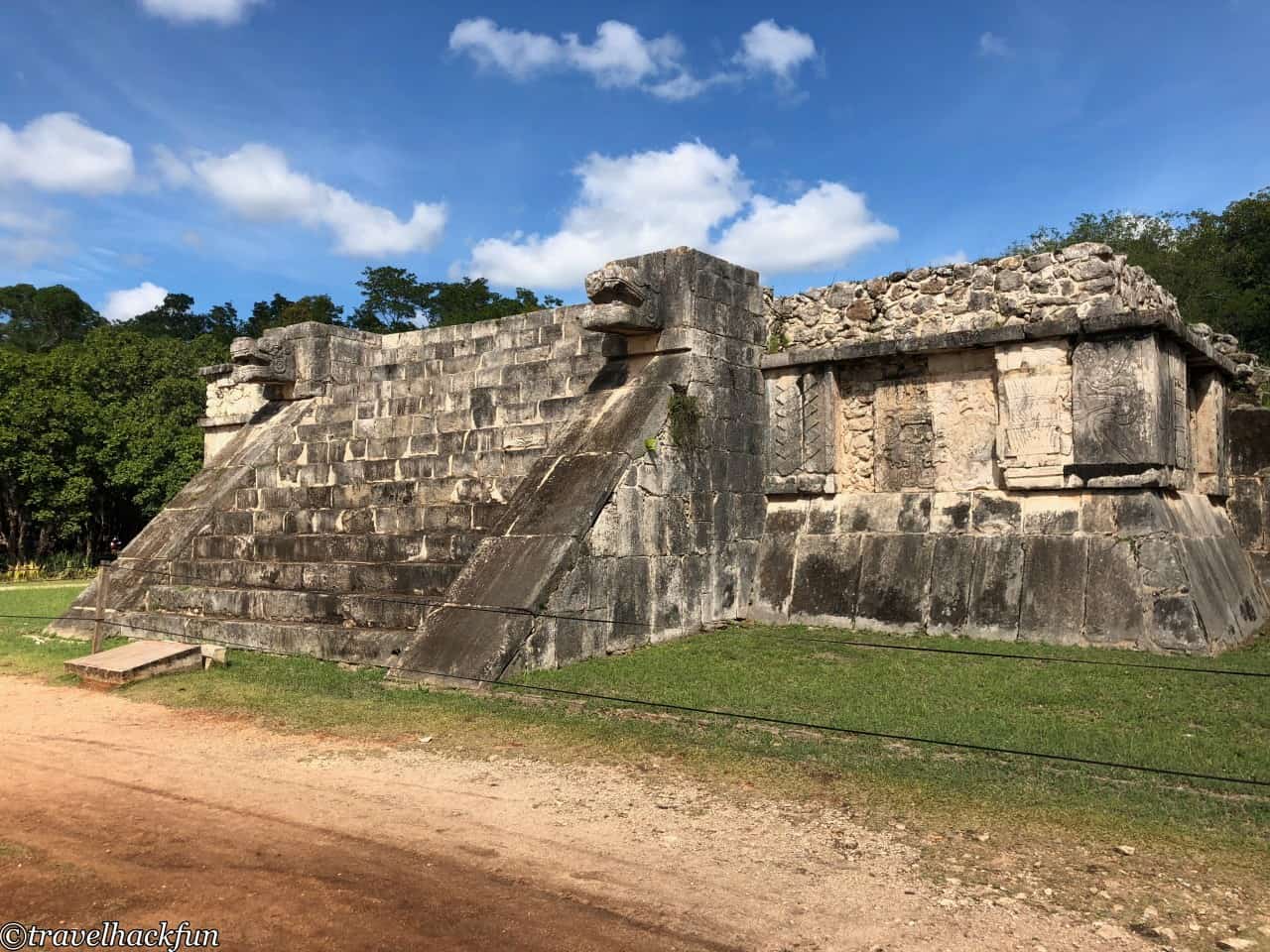
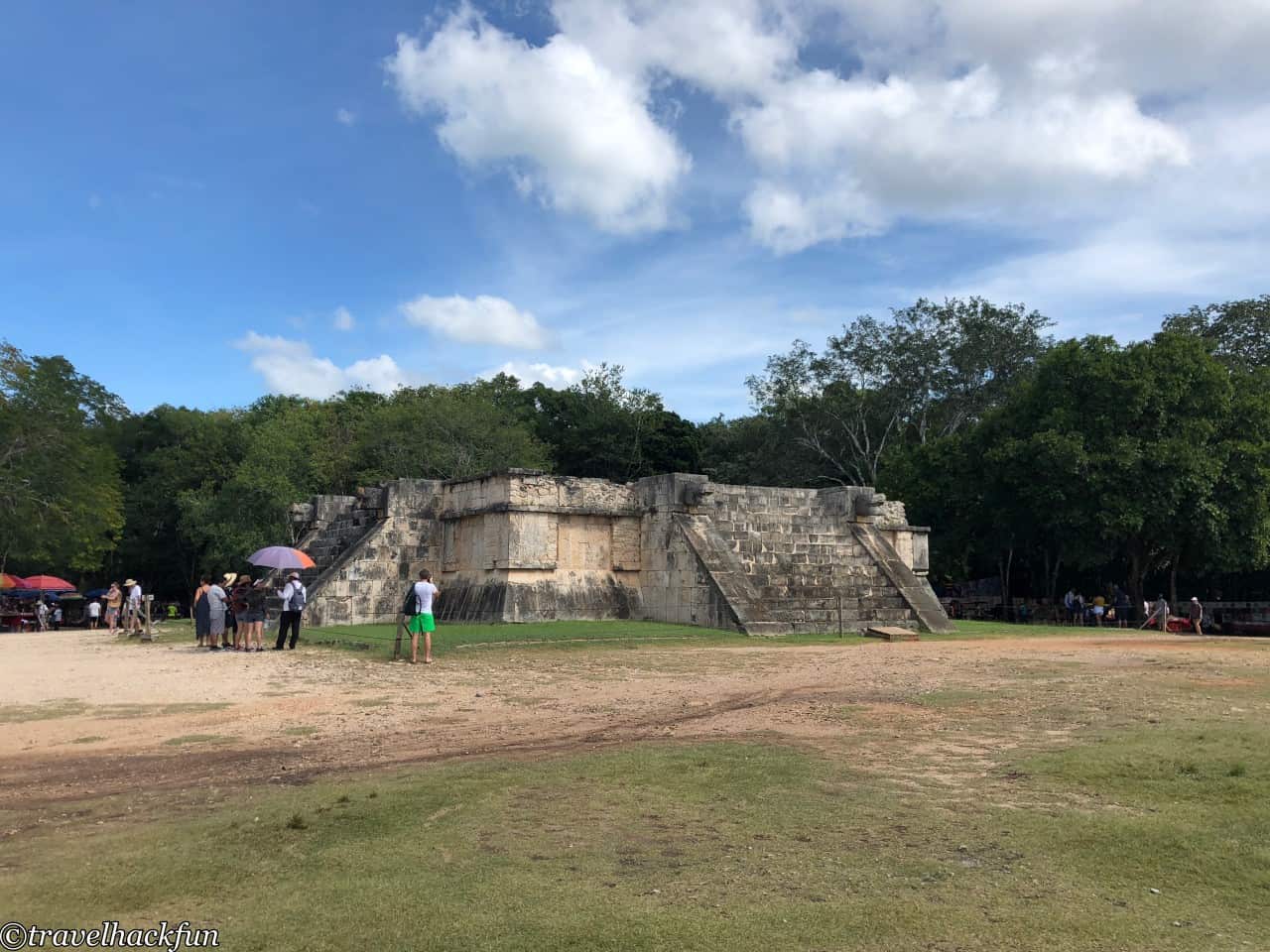


Thousand Columns Plaza and The Warrior's Temple
The Thousand Columns Plaza is the largest marketplace in Chichen Itza, consisting of a vast columned corridor with hundreds of stone columns. These columns used to support roofs and a series of large halls. However, the original wooden parts of the structures, including the roofs, no longer exist today.
The large building at the rear of the plaza is known as the Warrior's Temple, and it was constructed around the 11th century. The stone columns of the temple are carved with images of Maya warriors. The Warrior's Temple is a massive pyramid-like structure with a wide temple at the top. This building is believed to have been influenced by the Toltec culture, indicating cultural exchange between the ancient Maya and central Mexico.
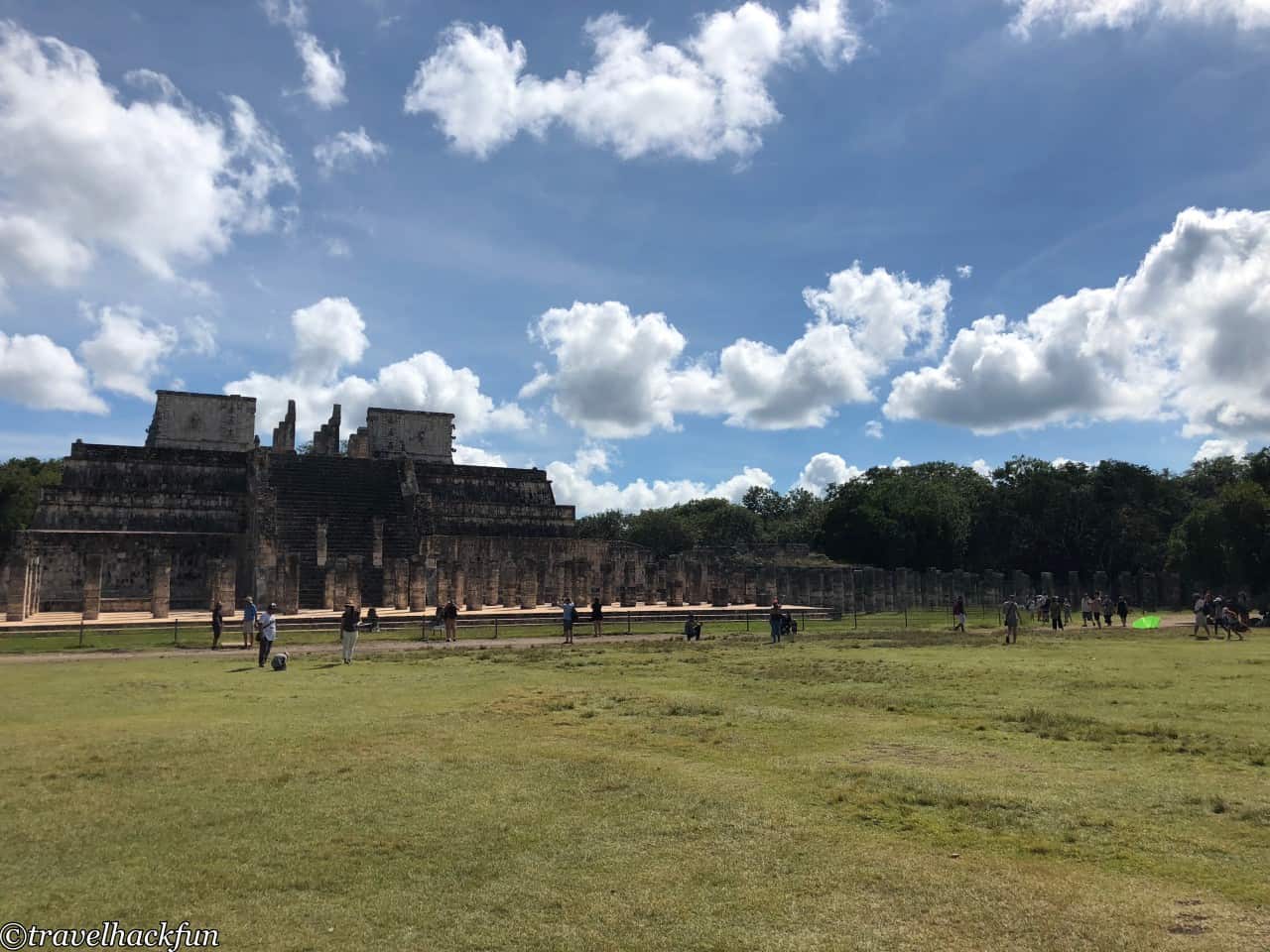
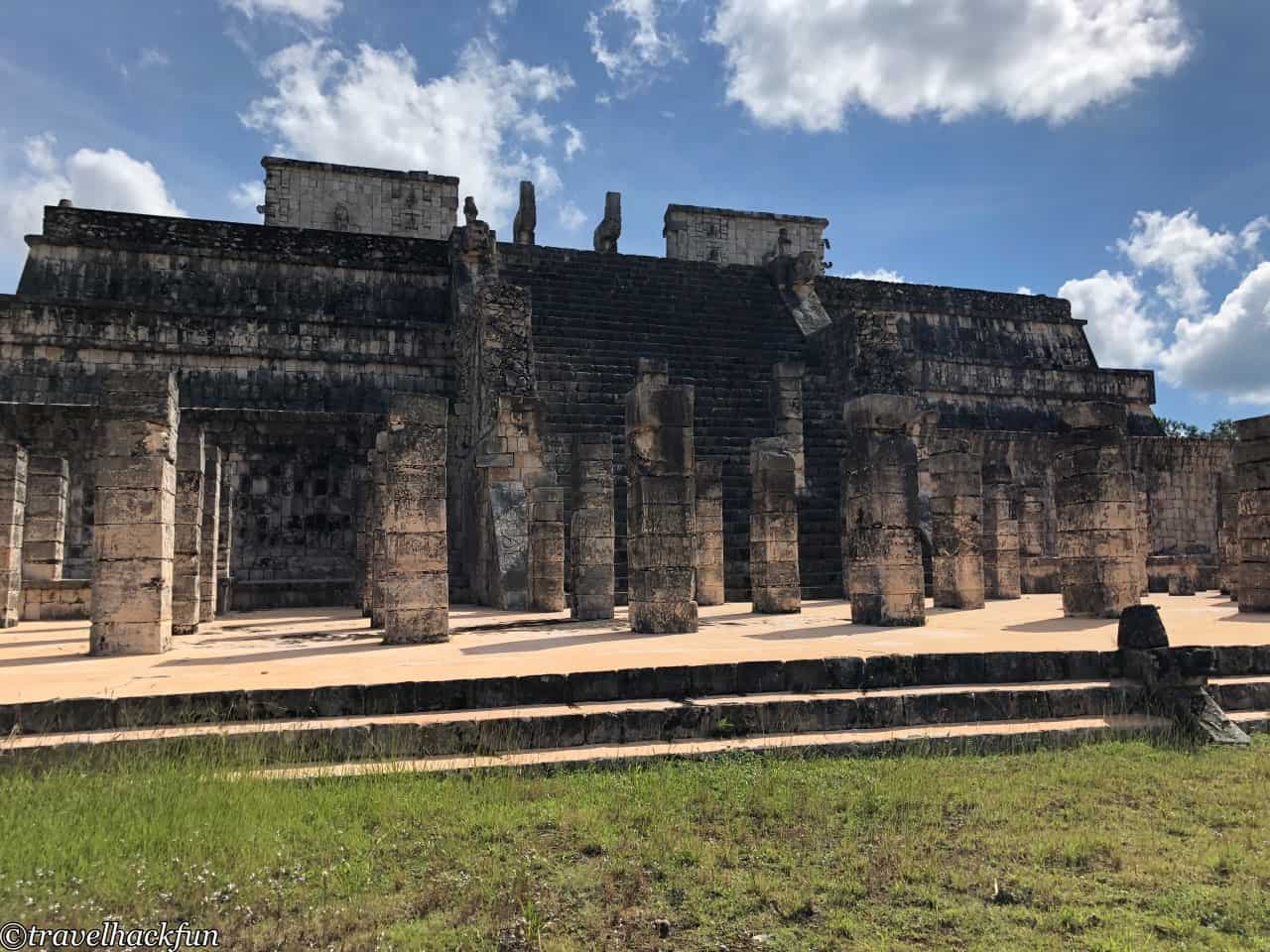
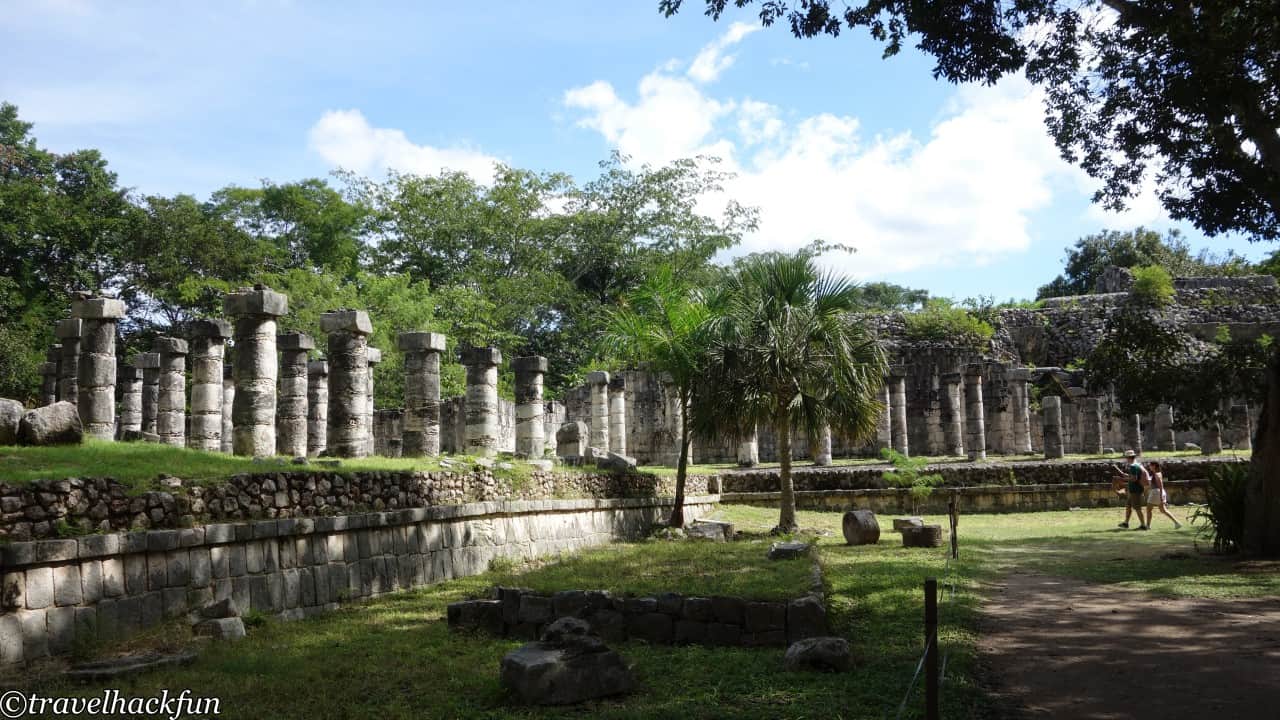

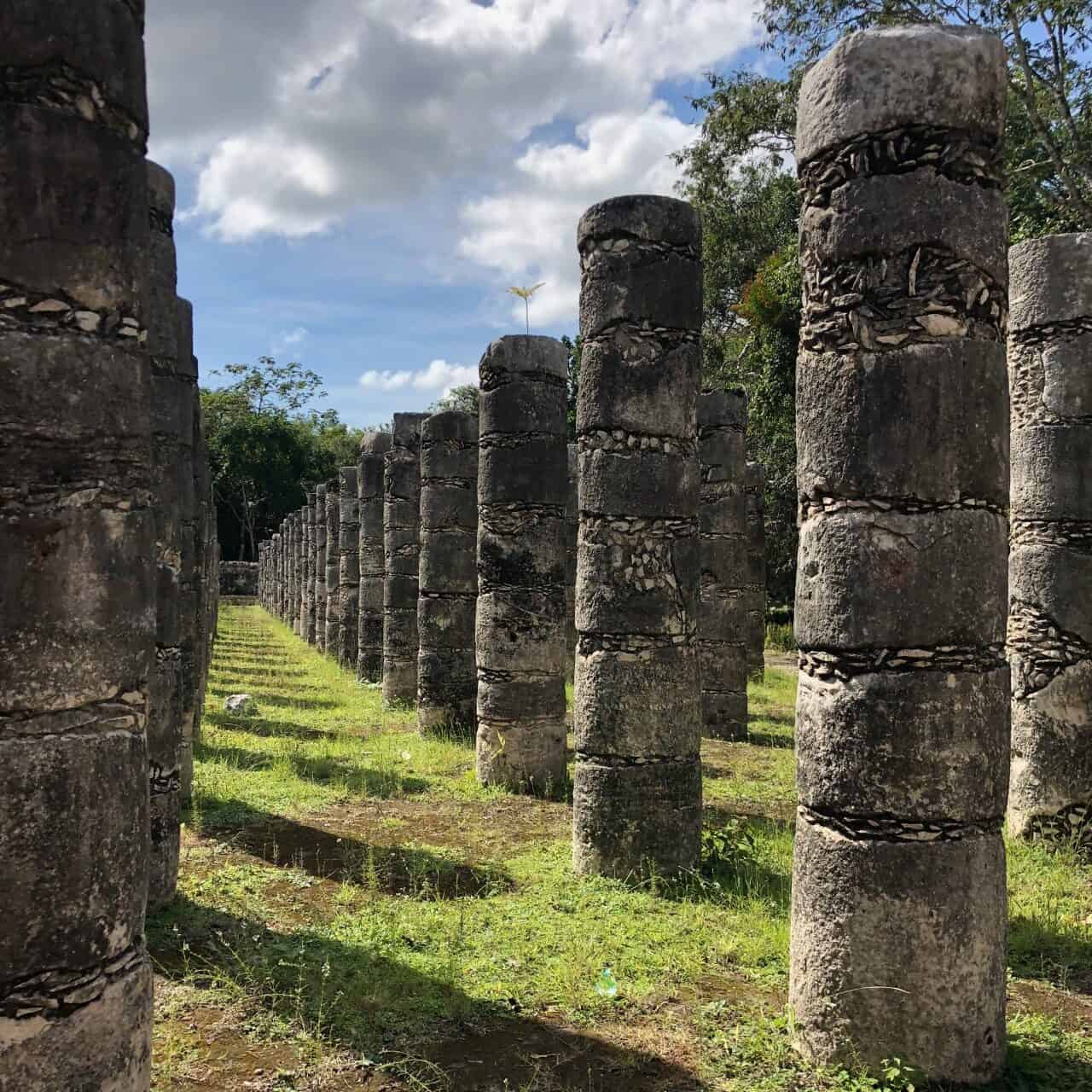
Snail Observatory
The Snail Observatory, named for its circular structure and spiral-like internal staircase resembling a snail, is closely associated with astronomy. Its design and purpose are intricately linked to astronomical observations. At the top, there are windows used to observe the angles of sunlight, and these openings are carefully aligned to specific celestial bodies, particularly Venus, the Sun, and the Moon, among others. Surrounding the observatory, you'll find many large stone basins used as water mirrors for stargazing.
The scale of this observatory reflects the importance of astronomy and calendars in Maya civilization, especially for the ruling class who depended on these astronomical observations for various aspects of their lives.
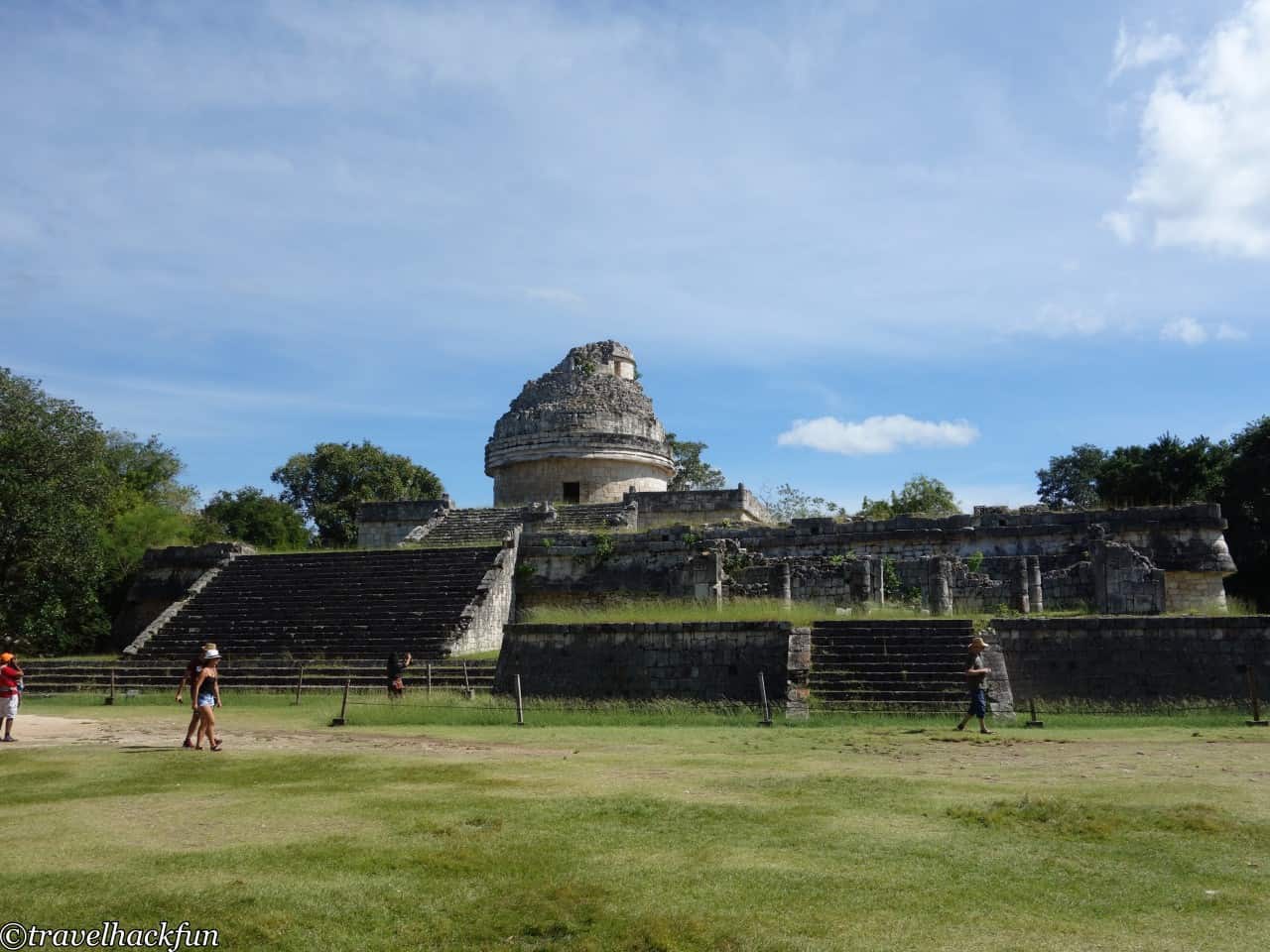
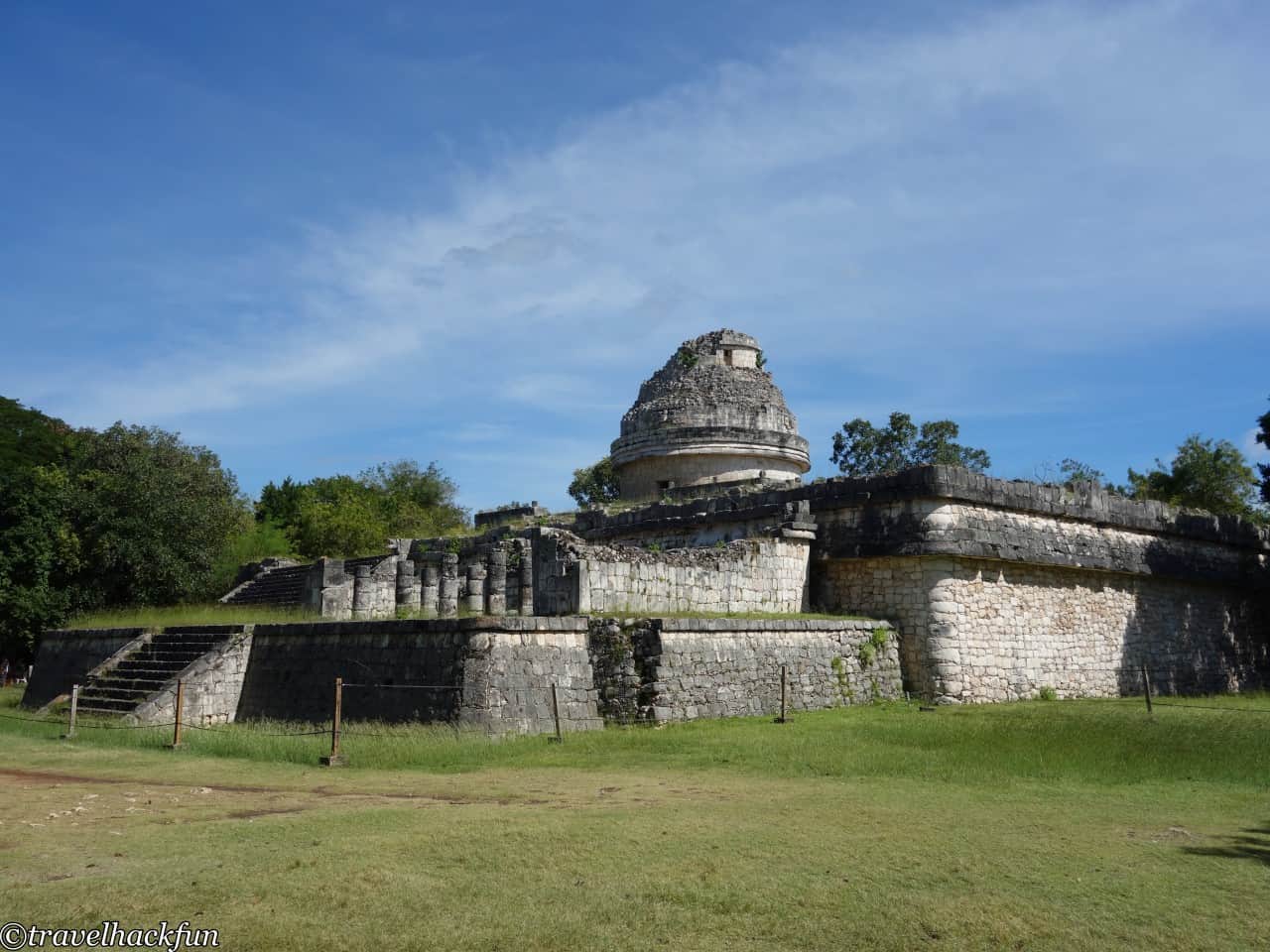
Other Ruins
The Maya rituals and ceremonies were not solely dependent on the great pyramid; therefore, Chichen Itza features numerous smaller temples and ruins dedicated to various aspects of their religious practices and beliefs. These smaller temples and ruins provide insights into the diverse spiritual and ceremonial activities of the Maya civilization.
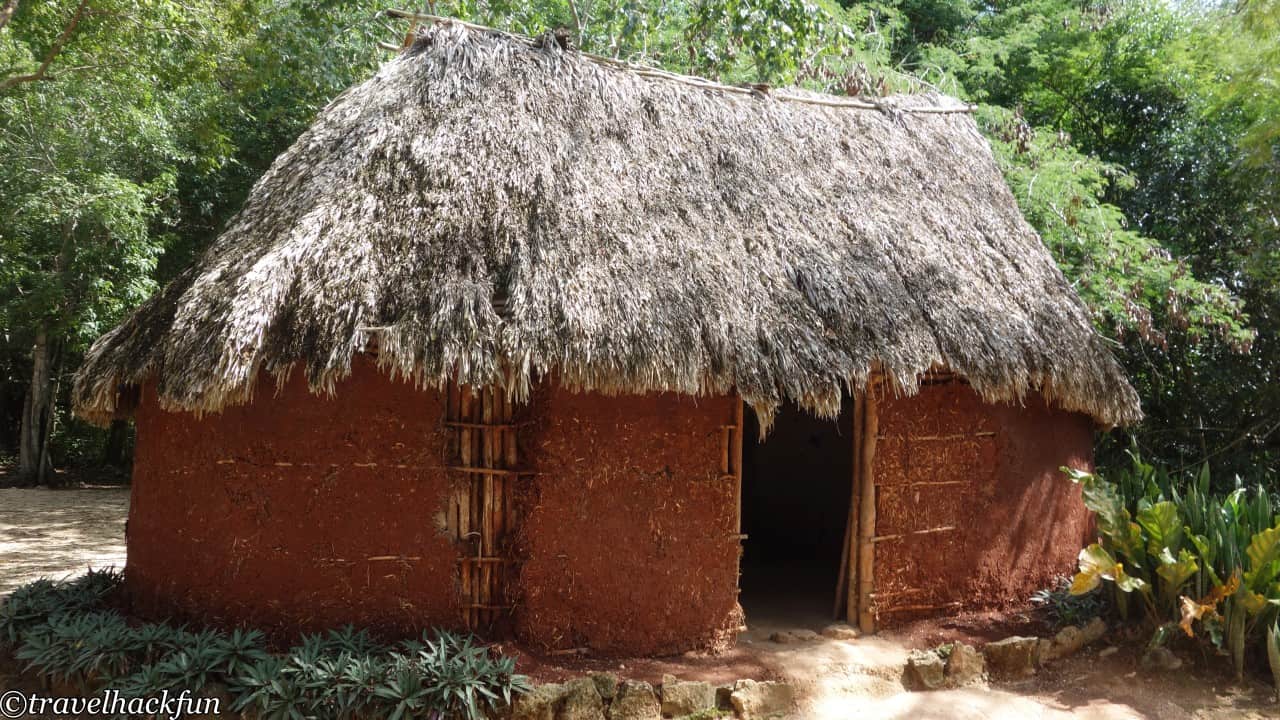

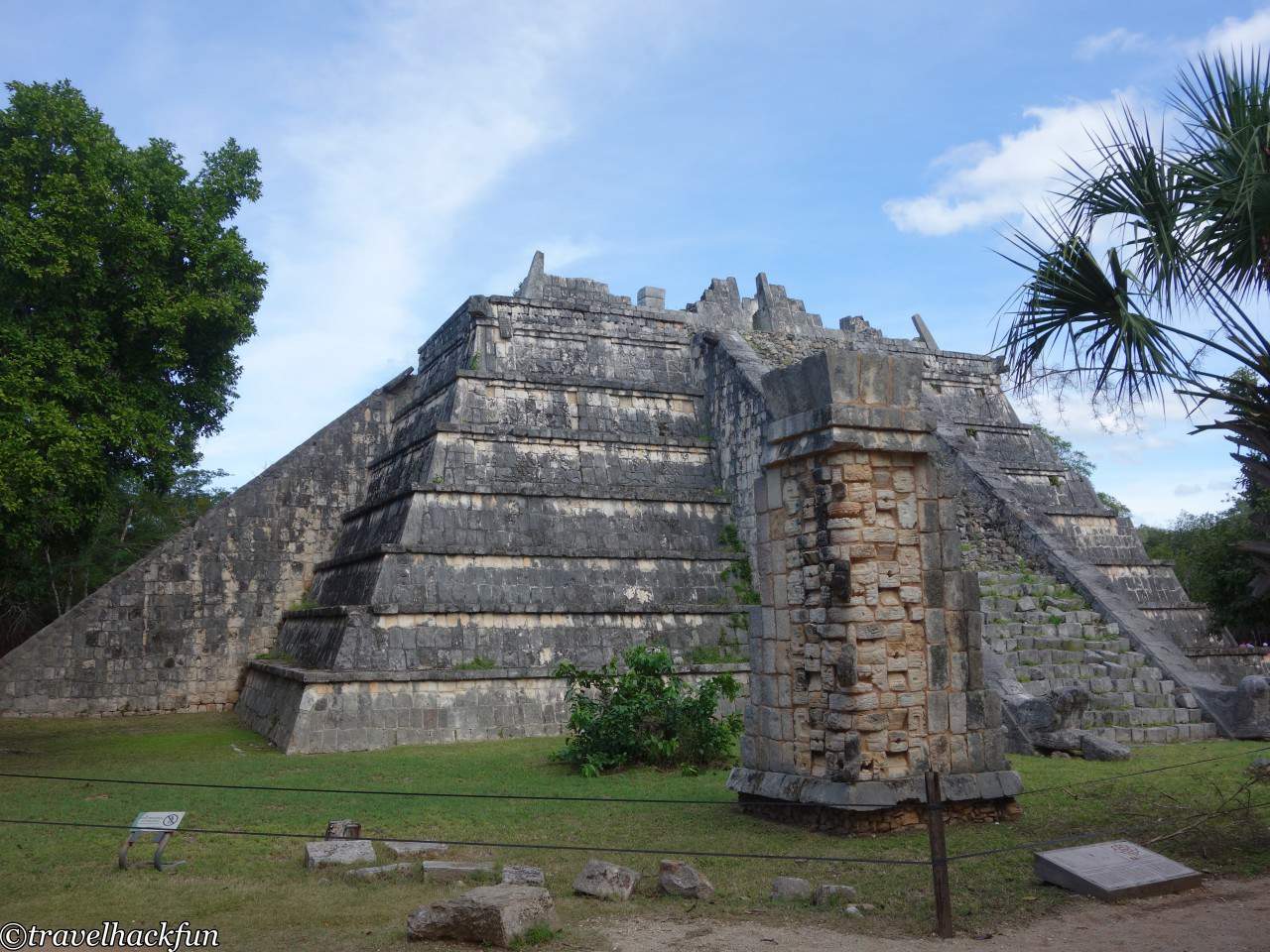
Additional stop | Helvienda Selva Maya
In the afternoon after leaving Chichen Itza, you were taken to Hacienda Selva Maya for a meal. Hacienda Selva Maya was originally a colonial-era farm and ranch with a history that dates back several centuries. These types of haciendas were once common in the Yucatan region and played a significant role in the economic and cultural life of the area.
Next to the restaurant is the Cenote, where those interested can swim in the caves before or after lunch.
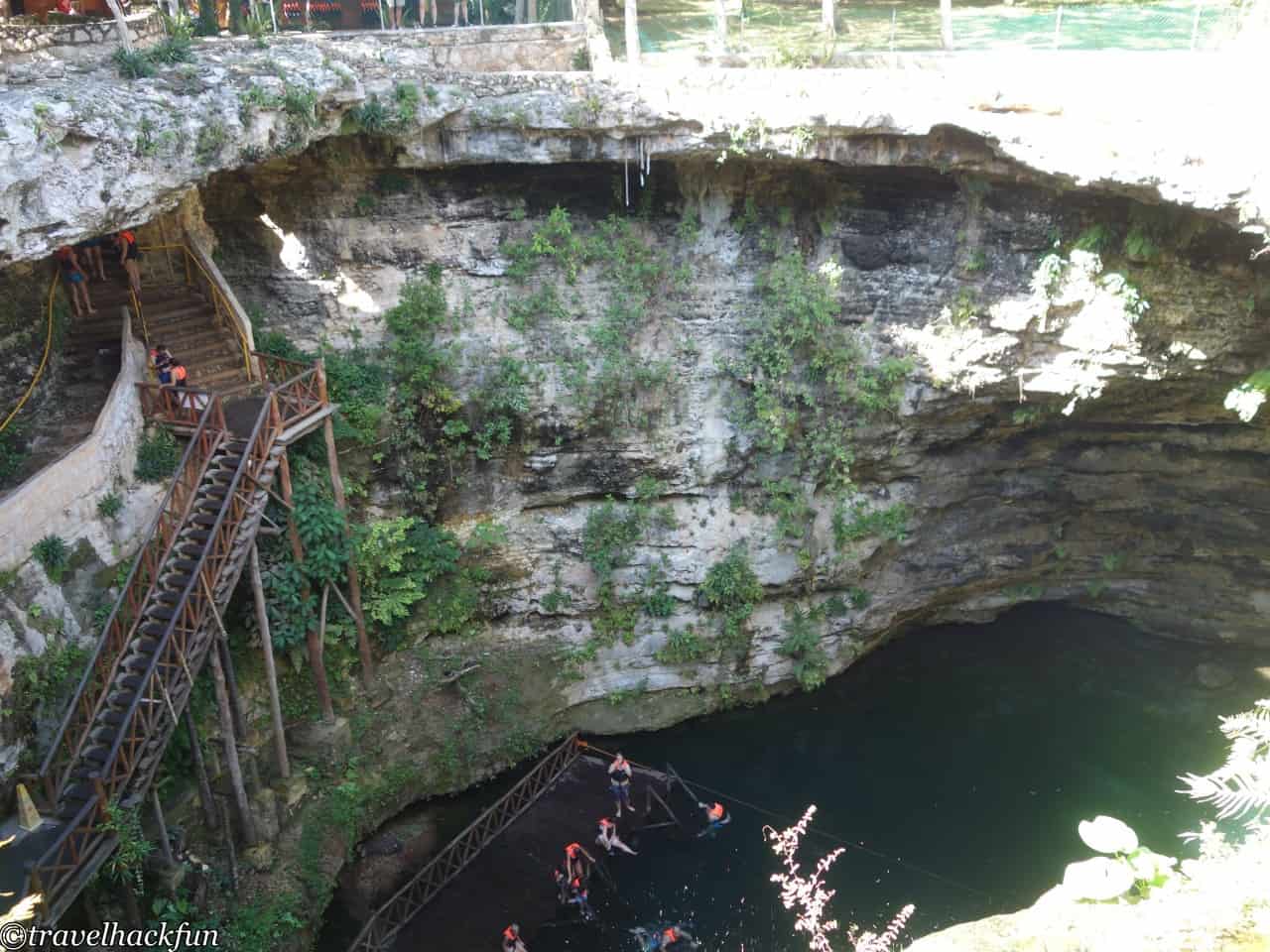
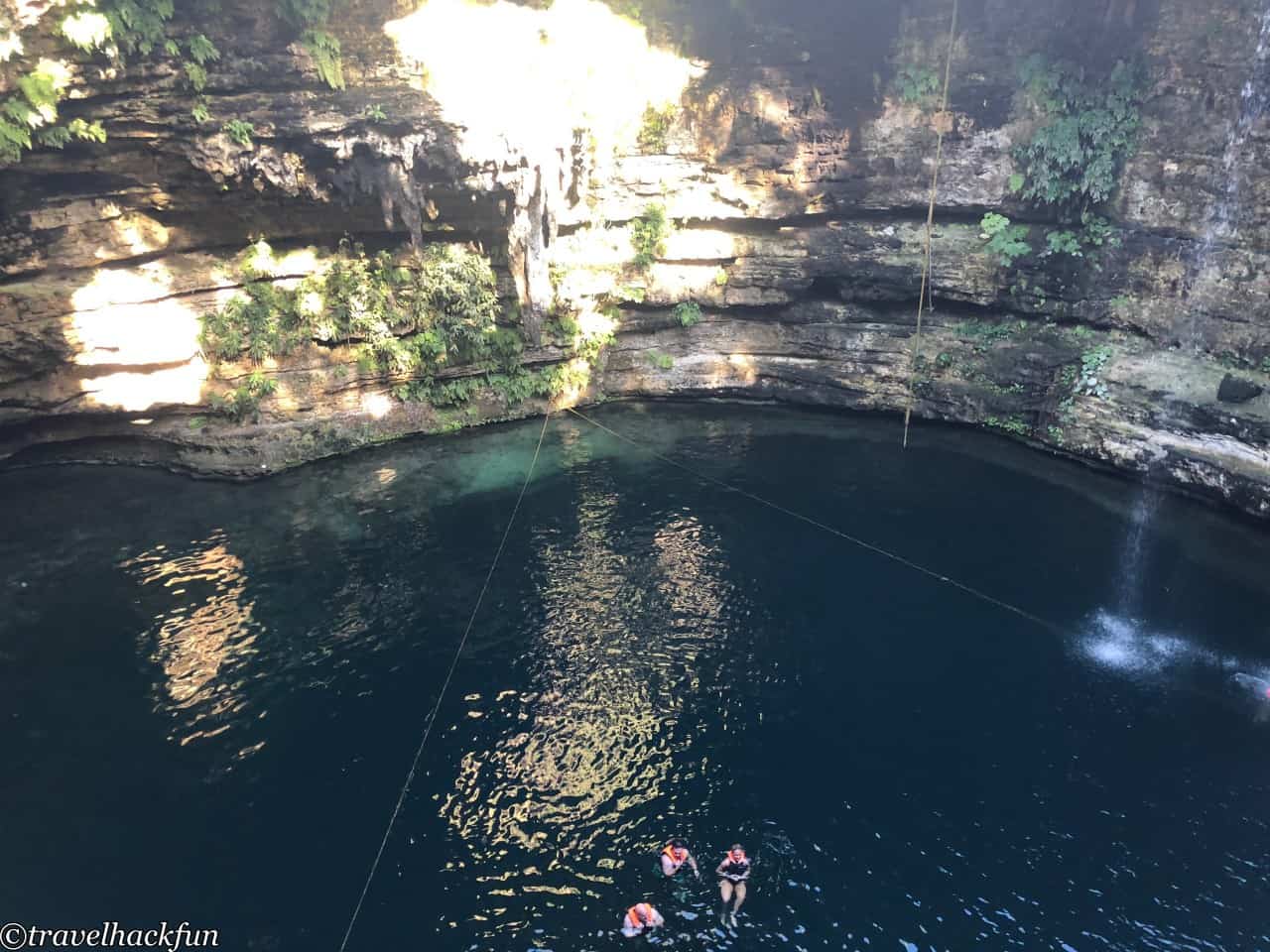

Lunch was a Buffet of traditional Yucatan cuisine, which was better than the similar dishes we had at the hotel.
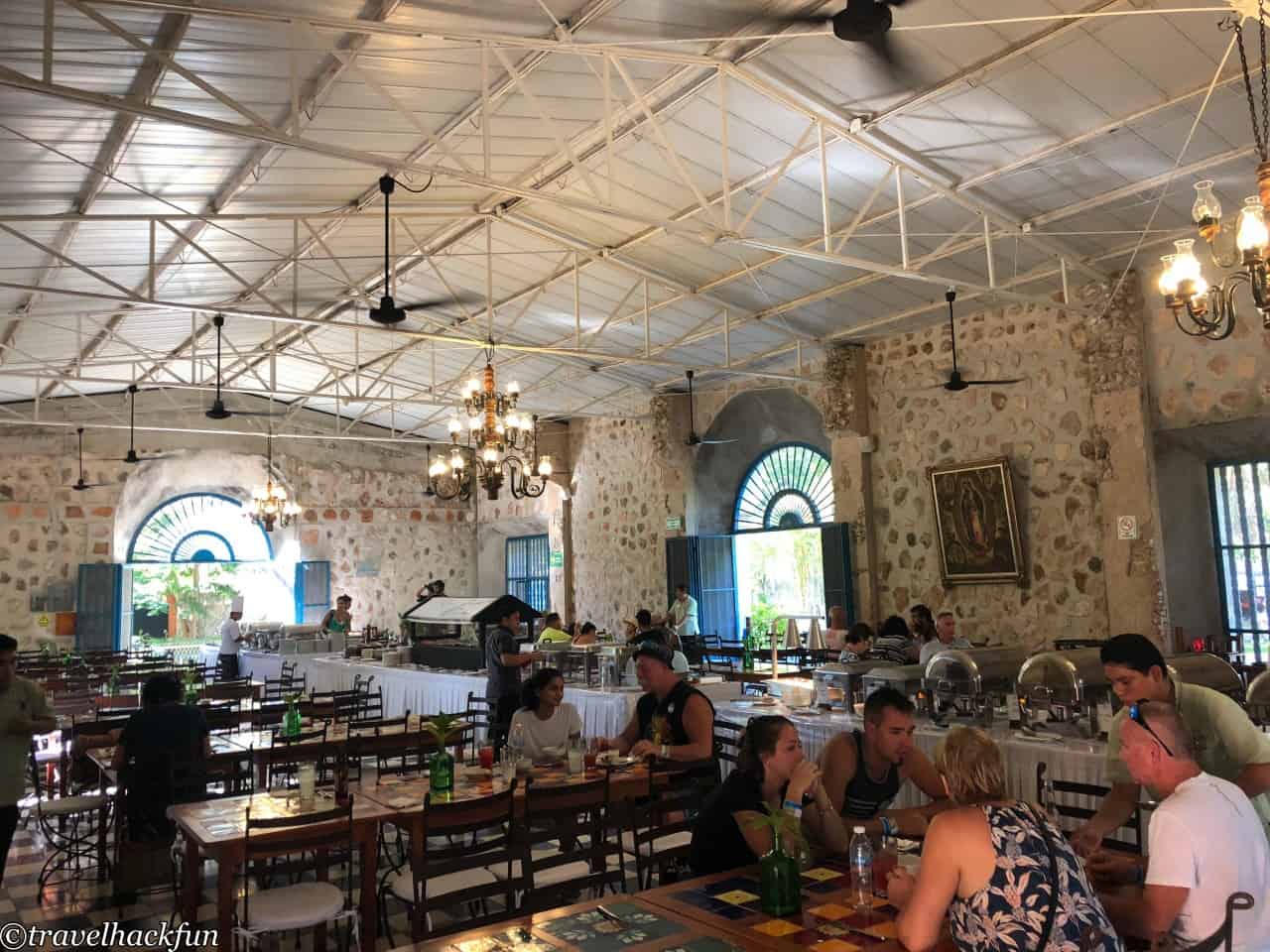

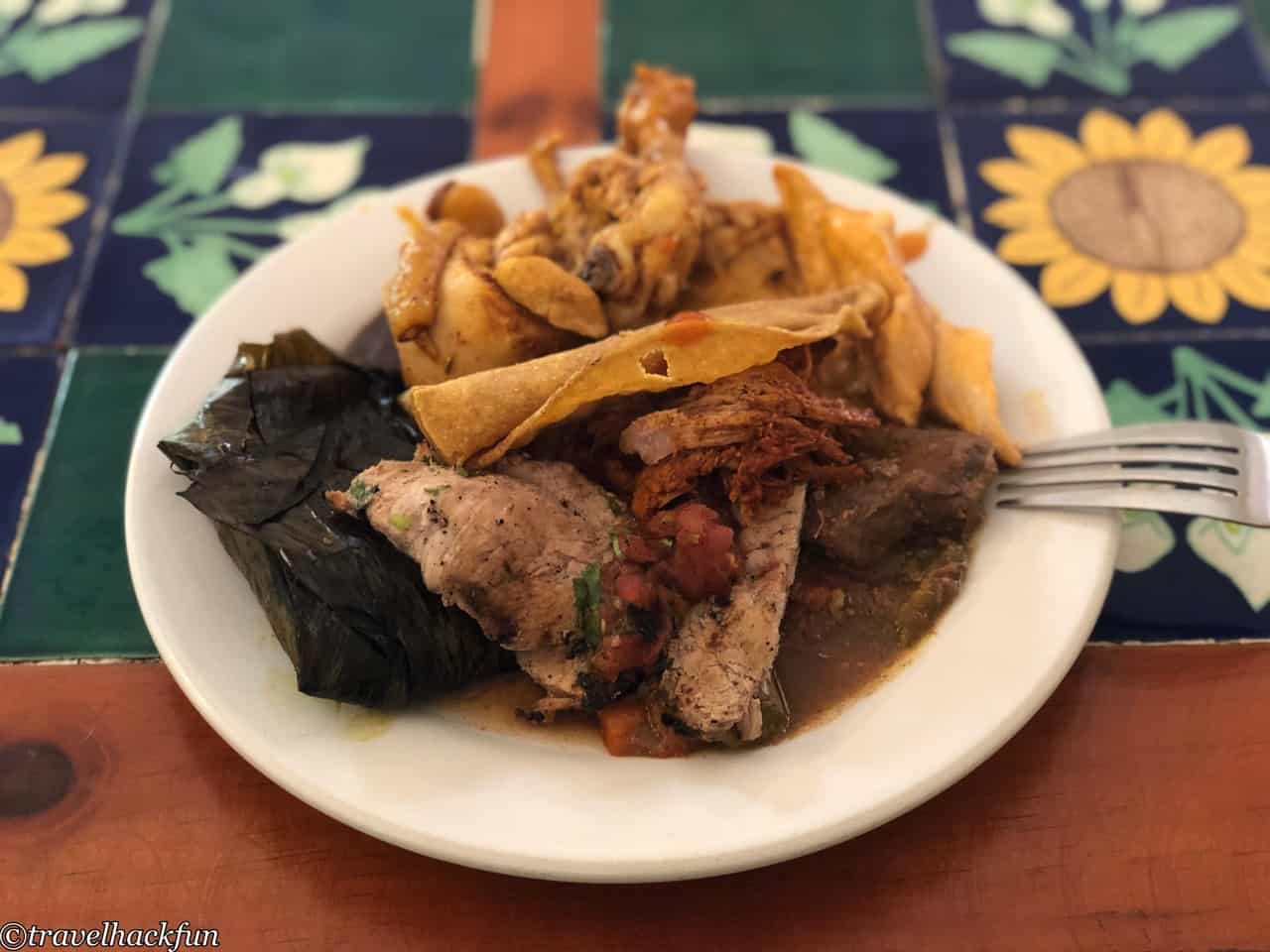
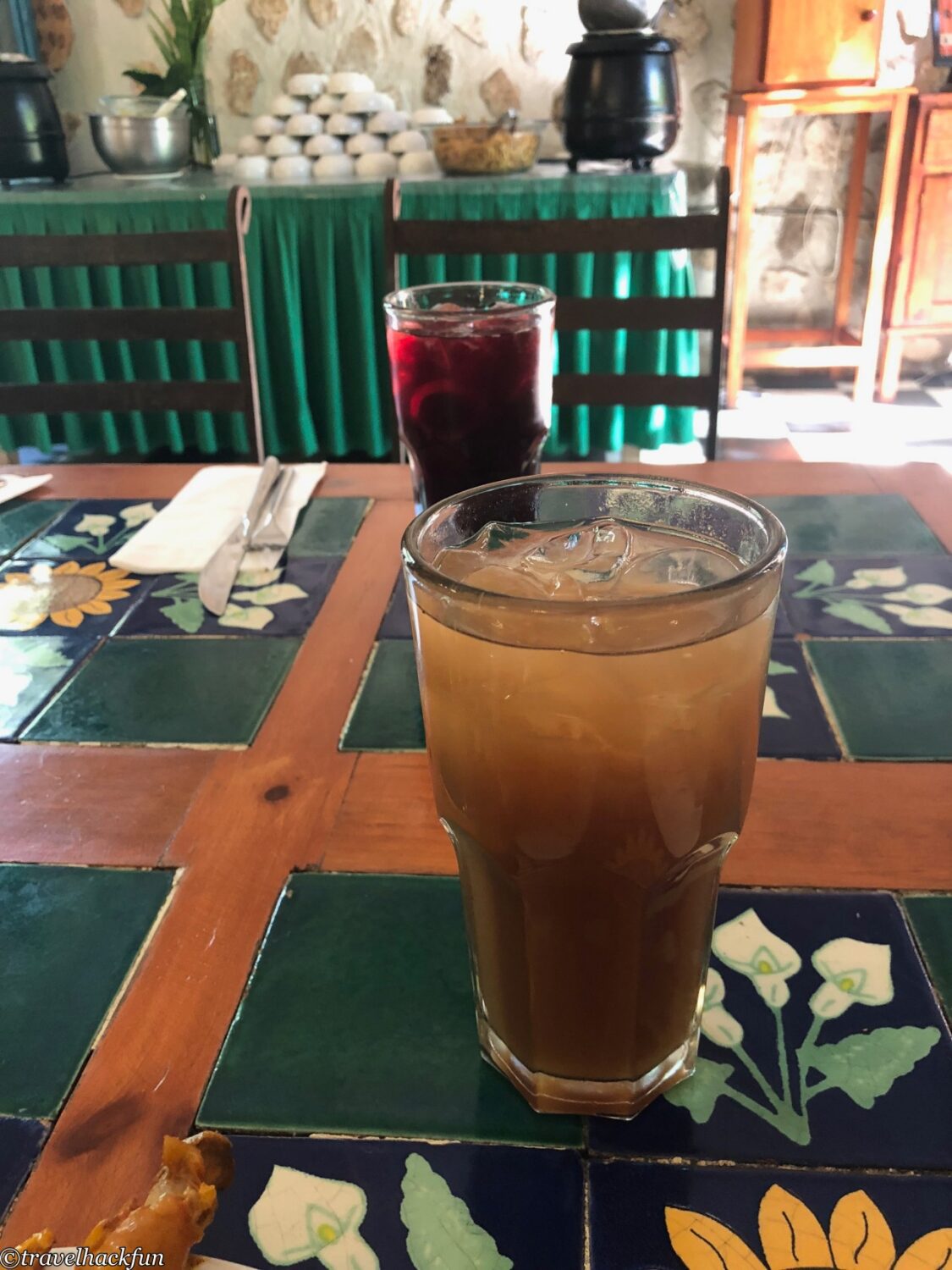
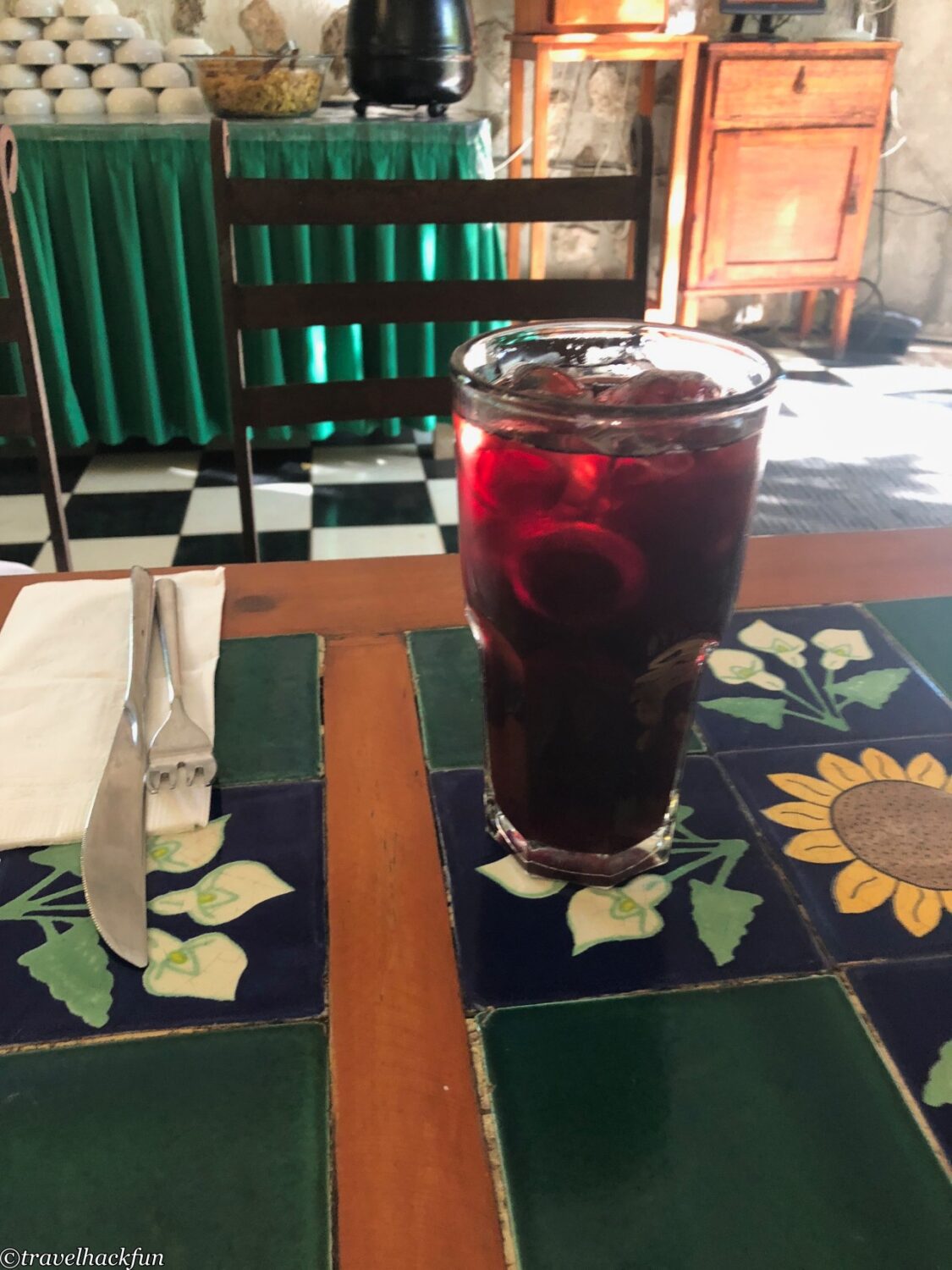
Further reading
- More Mexico posts
Thank you for visiting our website.
All the content on this site is original and shared with the purpose of providing valuable information. We sustain the operation of this site through a small amount of advertising and sponsored links. If you click on links to third-party merchants on our site and make purchases, we may receive a portion of the sales as a commission. If you click on links to third-party merchants on our site and make purchases, we may receive a portion of the sales as a commission.
Find more posts on a map Here.
My recommended resources for hotel bookings.
Recommended travel credit card for US-based travelers
Travel with just a backpack!
Buy me a coffee and support my contents!
If you are interested in quoting this article or using any part of its content and images on your website or publication, please contact us via email to request permission.